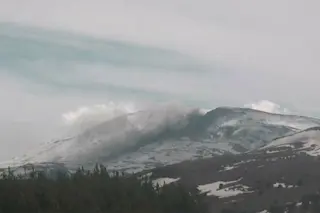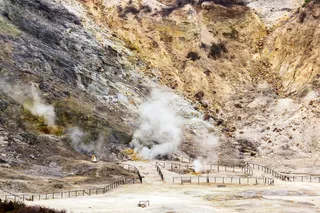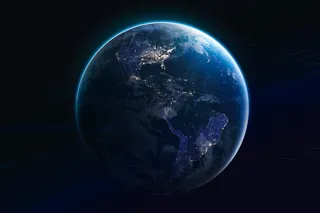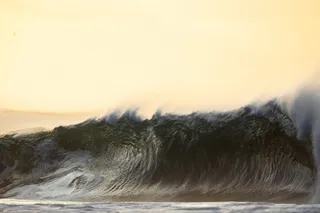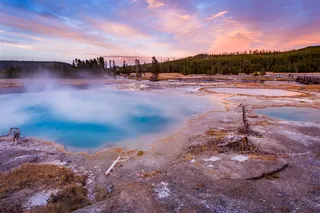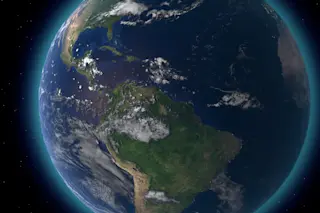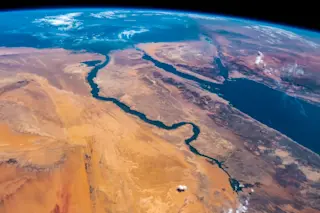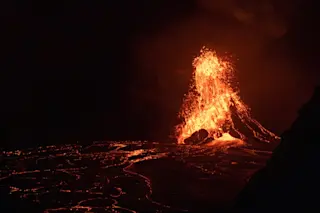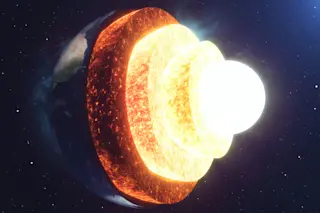Webcam image of Copahue in Chile, seen on October 16, 2014. A small steam-and-ash plume can be seen along with deposits of fresh, dark grey across on the volcanoes slopes. Image: SERNAGEOMIN. I apologize for being missing for the last week. The big Geological Society of America meeting is next week in Vancouver BC and not only am I giving a talk and co-chairing a session, but two of my students are presenting posters. Needless to say, things have been busy. My talk centers on what zircon can tell us about the storage conditions and source magmas across the Cascade Range. I have zircon data from four Cascade volcanoes: St. Helens, Hood, South Sister and Lassen, it is a great chance to see how the differences in different parts of the Cascade arc might influence the composition of zircon. My two students are both presenting on their pieces of the ...
Eruption Update: Copahue, Poás, Sinabung, Kilauea, Holuhraun and Italy
Recent Copahue volcano eruptions have led to moderate explosive activity prompting evacuations near the volcano.
More on Discover
Stay Curious
SubscribeTo The Magazine
Save up to 40% off the cover price when you subscribe to Discover magazine.
Subscribe

